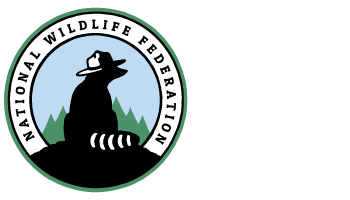Stewardship of America's Lands and Waters
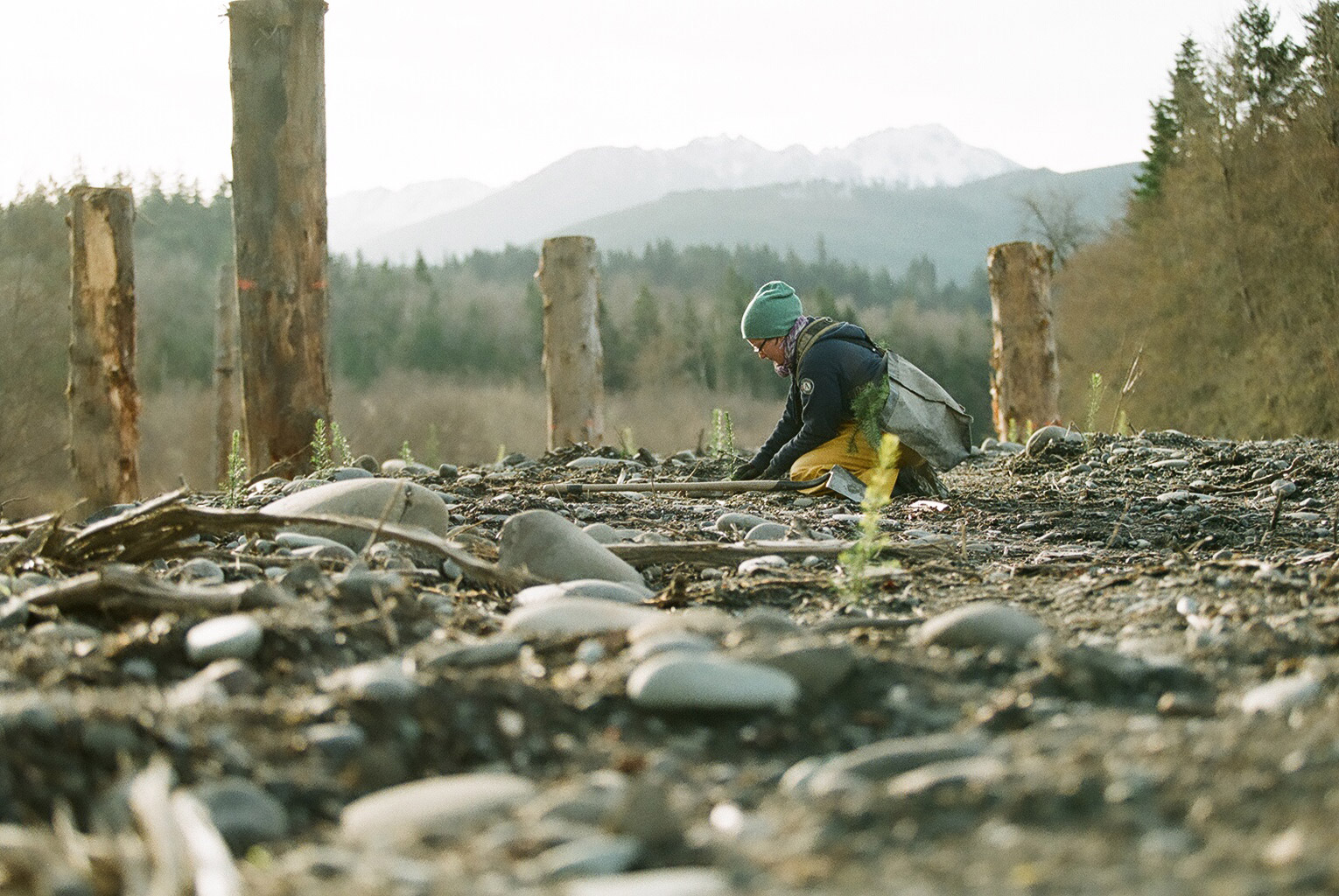
Over ten million Americans are unemployed, scientists warn that we stand to lose 30 percent of our wildlife, and climate change fuels escalating fires in the West and hurricanes in the Gulf and eastern coast.
We have an urgent need – and opportunity – to put more than 3.5 million Americans to work in meaningful jobs to tackle these issues head on by investing $208 billion in the restoration and resilience of our nation’s natural infrastructure.
We can increase the capacity of our forests and adjacent communities to be more resilient to fire, restore wildlife habitat, absorb more carbon, expand the ability of our forests to deliver cold, clean water for fish and downstream communities, and restore habitat for wildlife.
We can increase the ability of our floodplains and coasts to weather increasingly dramatic flood and hurricane events and bolster the resilience of communities, while sequestering carbon, improving water quality, and creating recreational opportunities.
We can reclaim degraded lands, including abandoned coal, hard rock, and uranium mines to orphaned oil and gas wells, to remove ongoing threats to public health and revitalize local communities.
We can tackle the growing wildlife crisis and save the nearly 40 percent of species at-risk or vulnerable to potential extinction. Simply implementing state wildlife action plans alone would significantly aid the more than 12,000 species identified as in greatest conservation need.
Investing roughly $200 billion in restoring our natural systems and bolstering climate resilience over five years would put more than 3.5 million Americans to work. Investments in restoration and resilience create more jobs per dollar because the work is labor intensive. A robust initiative to restore wildlife habitat, make our air and water cleaner, and communities safer can serve as a workplan for a new 21st century Civilian Conservation Corps. And land and water restoration can serve as an important part of a bipartisan blueprint to take on climate change. What follows is how to do it and why.
Restoring Our Forests
$43 billion
Our forests are in trouble. A changing climate and more than a century of fire suppression have increased the size and intensity of wildfire. Experts predict these fire conditions will only get worse unless we act. Meanwhile, tens of thousands of miles of failing or obsolete roads fragment wildlife habitat, compromise animal security, and dump sediment into fish-bearing streams.
Not only are our forests the lungs of our country, storing carbon and making oxygen, but they provide one-fifth of our nation’s fresh water supply. Too many watersheds that produce this invaluable resource are impaired. According to the U.S. Forest Service, 75 – 82 million acres of our nation’s forests need restoration. This includes 1.3 million acres of forest that could be re-established by passing the REPLANT Act, because in some cases, changes in climate have thwarted nature’s ability to reseed and grow forests.
Mitigating the size, severity, and effects of forest fires and repairing the decaying road system on our national forests are essential to ensure watershed health and function. We can and must better manage our forests to defend our communities, and to increase the capacity for our forests to store carbon and produce clean water.
This plan would:
• Immediately invest in ecological recovery of landscapes devastated by 2020 fires.
• Manage forests to increase carbon storage capacity and climate resilience that is ecologically appropriate.
• Re-establish forests where climate changes have stunted natural regeneration.
• Equip wildland firefighters with the tools needed to protect lives and property.
• Triple the pace and scale of fuel reduction to reduce fire danger.
• Dramatically increase planned, prescribed fires to protect communities.
• Increase the capacity of forests to deliver clean water to America’s communities.
• Tackle the road, culvert, bridge and maintenance problem on our forests.
• Create tens of thousands of jobs in largely rural and semi-rural communities.
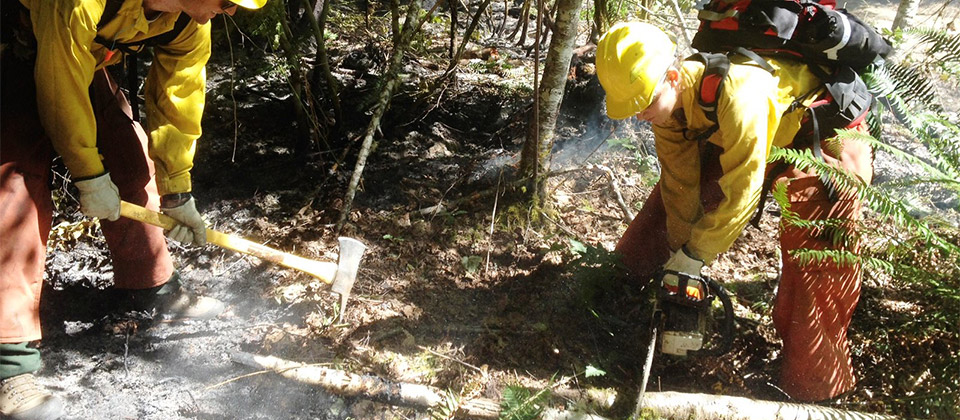
State, Private, and Tribal Forestry Cooperative Management
$25.1 billion
Wildfire knows no property line. The large fires of 2020 burned through multiple jurisdictions, with the highest structure loss occurring on non-federal land. Improving fire protection and resiliency on these non-federal lands is key to reducing the risk and severity of wildfire.
The size, frequency, and intensity of fires are expected to grow over the next decade. Complicated mixed-ownership patterns require that fuel treatments, preparedness, and mitigation efforts occur across the mosaic of state, tribal, and private lands.
Robust supplemental funding for fire mitigation on non-federal lands would:
• Provide technical and financial assistance to landowners and resource managers to protect forests and grasslands, protect communities from wildland fire and restore fireadapted ecosystems.
• Treat approximately 30 million acres of non-National Forest System lands, including state, tribal, and private lands to be more fire-adapted and resilient.
• Implement state forest action plans to enhance public benefits from trees and forests.
• Triple the investment in fire-adapted community programs, such as Firewise USA.
• Build capacity within state agencies and non-governmental organizations to achieve the necessary work on the ground.
• Target work in areas most prone to transmit fire toward human development.
Cap Abandoned Oil and Gas Wells
$4 billion
According to the Interstate Oil and Gas Compact Commission, there are approximately 57,000 documented orphaned oil and gas wells on federal, state, Tribal and private lands and up to 745,000 undocumented orphaned oil and gas wells that were drilled and abandoned before modern regulation. The EPA pegs the overall number even higher—2 million.
Many of these sites leak methane, a greenhouse gas that is 84 times more potent than carbon dioxide in the first two decades of its release. There is an overwhelming need to fix this problem. Properly plugging these sites will reduce methane emissions, increase economic productivity of agricultural lands, reduce invasive species, protect groundwater and restore connectivity of native habitats.
The Bureau of Land Management has also identified that undetected leaks are likely a serious issue in getting methane emissions under control. Up-front investments to detect and plug leaky pipes would also be a worthy investment.
Investing $4 billion in fixing the problem would:
• Put tens of thousands of people to work immediately in energy-producing states, a critical job life line for economies hit hard by the twin problems of the pandemic and a glut of oil and gas on the market.
• Plug 57,000 documented orphaned wells.
• Plug roughly 110,000 undocumented wells.
• Dramatically reduce methane emissions and protect groundwater.
There are up to 745,000 undocumented orphaned oil and gas wells that were drilled and abandoned before modern regulation.
Clean Up Abandoned Coal and Hardrock Mines
$22.7 billion
There are roughly a half-million abandoned hardrock mines across the United States. Of those, the Government Accountability Office identified at least 140,000 sites on lands under federal jurisdiction, 67,000 of which may pose dangers of injury or death. About 22,500 pose risks to human and wildlife health.
In addition, tens of thousands of abandoned coal mines also pose risk to human and wildlife health. We can and should put people to work in communities affected by the boom and bust cycles of these mines. Passing the RECLAIM Act would go a long way toward addressing these pressing environmental, health and energy transition issues in coal country.
Significant investment in abandoned coal and hardrock mine cleanup would:
• Create tens of thousands of jobs revitalizing coal country.
• Reclaim abandoned hardrock mines, and significantly reduce or eliminate the risks posed by toxic substances leaching into waters and soils.
• Provide support to coal workers suffering long-term health effects of underground mining.
• Provide additional support to states and Tribes for critical cleanup projects.
• Plus, reauthorization of the Abandoned Mine Land program would provide an additional $2 million per year for states and Tribes.

Recover Imperiled Wildlife
$24.5 billion
America faces a growing wildlife crisis. More than one-third of all species are at-risk or vulnerable to potential extinction. State and territorial wildlife agencies have identified more than 12,000 species of greatest conservation need through their state wildlife action plans, including more than 1,600 species already listed under the Endangered Species Act. Significantly increased funding for habitat restoration, innovative natural infrastructure projects, and research is needed for federal and state agencies and Tribes to respond to this crisis.
Investments in wildlife conservation and restoration would:
• Help reverse the wildlife crisis, ensuring future generations enjoy the same outdoor heritage we do.
• Restore habitat needed to recover species of greatest conservation need in all states, territories, and Tribal lands.
• Expedite threatened and endangered wildlife recovery.
• Facilitate research and potential scientific breakthroughs to prevent the spread of potential zoonotic diseases, such as chronic wasting disease.
• Enable the construction of wildlife crossings that reduce wildlife-vehicle collisions and reconnect habitat for terrestrial/aquatic species.
• Restore and reconnect habitat corridors through voluntary projects on public, private, and Tribal lands.
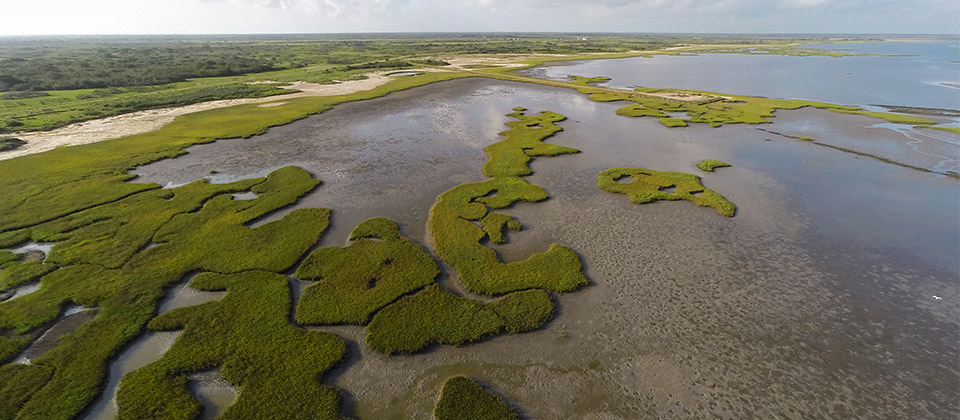
Restore Watersheds and Protect Coastal and Floodplain Communities
$54.5 billion
Intact, natural habitat has a remarkable capacity to absorb the power of storms and flooding. The body of research demonstrating the power of natural infrastructure to reduce hazard risk is clear. In short, nature is our best defense. Wetlands, reefs, dunes, natural floodplains, and forests provide heavy lifting to keep our communities safe.
Historically, most U.S. communities have relied on structural approaches, also known as “gray infrastructure,” such as levees and seawalls to guard against natural hazards. Although structural approaches will continue to be essential for safeguarding people and property in some places, protecting and restoring natural systems is often the most cost-effective and efficient solution in the face of climate change. Natural infrastructure also provides communities with additional benefits in the form of pollution filtration, carbon sequestration, wildlife habitat, and recreational opportunities.
Funding existing ecological restoration plans – whether at the federal, regional, state, or watershed scale – is one of the best things we can and should do, as these plans have in many cases been developed with extensive public input and through a science-based and collaborative process. As such they represent strategic investments that can be advanced quickly.
Significant investment in restoration of our iconic watersheds, coasts, and floodplains would:
• Immediately put people to work including in the Everglades, Mississippi River and Delta, Great Lakes, Chesapeake Bay, San Francisco Bay, Delaware River, Missouri River, Ohio River, Colorado River and Texas coast, as each of these areas have ecological restoration plans ready to implement that were driven by science and public input.
• Restore nationally-significant hubs of tourism on our coasts, and protect other critical industries such as fisheries, shipping, and energy production.
• Make our coastal and floodplain communities safer and more resilient to extreme weather and disaster events.
• Stimulate growth and produce jobs in regional economies and support the national outdoor economy for years to come.
• Restore floodplains and accelerate mapping to inform strategic infrastructure investments.
Restore our Sagebrush Steppe and Grasslands
$8.5 billion
Our nation’s grasslands and sagebrush steppe are as critical as they are iconic. They are working lands, relied upon by ranchers, farmers, energy developers, hikers, campers and hunters. They are also home to hundreds of species of wildlife, from mule deer to snowshoe hare to meadowlark.
But our grasslands and sagebrush steppe are in jeopardy. Seventy-three percent of America’s tallgrass, mixed grass, and shortgrass prairies have vanished, along with their ecological benefits, not the least of which is providing habitat for thousands of species of pollinators, and storing carbon. One third of human food comes from plants pollinated by wild pollinators—a service that has no technological substitute, is provided for free and has an estimated value of $6 billion.
The threats to grasslands are many: Invasive cheatgrass covers as much as 100 million acres of land in the United States, a serious problem for both wildlife and cattle and a catalyst for catastrophic fire on both public and private land. On private land, we are losing a football field’s worth of grasslands every four seconds to development and cropland conversion. We’ve lost 40 percent of grassland birds in our lifetimes, and some indicator species, like the Greater Sage-grouse, are teetering on the edge of listing under the Endangered Species Act. We must invest in restoration on our public lands, but that alone is not enough. We must also find new tools for collaboration on private land.
A long-term solution has an excellent role model: The North American Wetlands Conservation Act (NAWCA), which was signed into law in the 1980s when waterfowl numbers were in sharp decline. Because of collaborative action sparked by the act, waterfowl have since increased by 56%. Not only do we need to invest in protecting our grasslands, we need to authorize a federal program modeled after NAWCA.
Significant investments in grasslands and sagebrush steppe restoration and passage of the North American Grasslands Conservation Act would:
• Reverse the downward spiral of bird populations.
• Improve management to benefit livestock and wildlife.
• Increase water resources.
• Increase carbon storage.
• Create jobs in primarily rural communities.
• Reduce rangeland fires.
• Improve technology to control cheatgrass and other invasive species.
Seventy-three percent of America’s tallgrass, mixed grass, and shortgrass prairies have vanished, along with their ecological benefits.
Partner with Farmers and Ranchers
$18 billion
With over 60% of U.S. land in private ownership and over half of land currently managed as cropland, pastureland or rangeland, investing in restoration and resilience on working lands is critically important not only for storing carbon, creating habitat for wildlife, and improving soil health and water quality, but also for revitalizing rural communities and helping farmers and ranchers at a critical time.
Such investment would:
• Expand partnerships with landowners and communities that will increase opportunities for both conservation and economic gain.
• Create thousands of jobs putting people to work restoring native grassland.
• Providing a one-time emergency CRP incentive payment, coupled with an increase in the CRP cap, would help solve this problem and make the program more economically worthwhile to farmers and ranchers.
• Provide increased conservation technical assistance, staffing, outreach and training for new and disadvantaged farmers and ranchers.
• Increase the acreage of working lands enrolled in the Environmental Quality Incentives Program, Regional Conservation Partnership Program, and the Conservation Stewardship Program, which would therefore increase the number of acres managed with climate-friendly agriculture practices. Increase the number of acres under conservation easements, providing an important financial planning benefit to landowners.
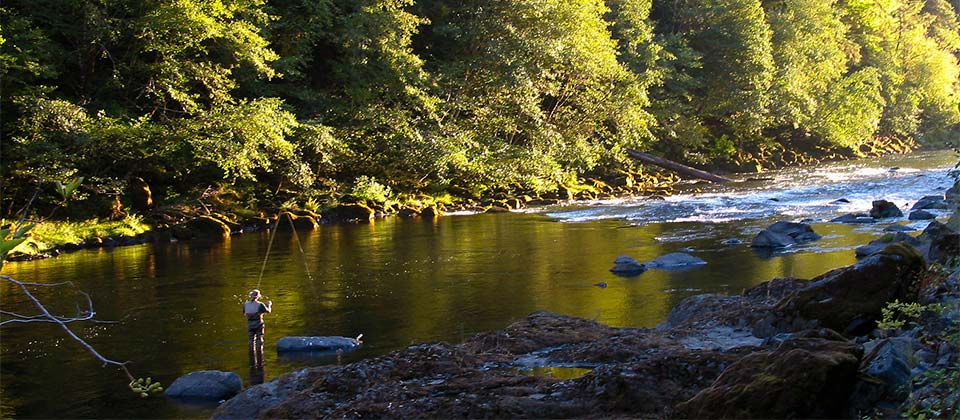
Expand Outdoor Recreation
$7.5 billion
The outdoor recreation industry generates $887 billion in consumer spending annually, creating 7.6 million jobs. During the pandemic, our nation has turned to the outdoors. We’ve seen a huge surge in hiking, biking, camping, fishing, cross-country skiing and snow shoeing. Trails are overrun, campgrounds are booked months in advance. While it’s gratifying to see Americans connecting with nature, the growth in outdoor recreation has taken a toll on our lands and waters. By investing in our parks and open spaces we can meet the growing demand, restore our lands, and create additional outdoor recreation jobs.
Such investments could:
• Create new parks in urban areas, so that all Americans are just a ten-minute walk from nature. The health, societal, and economic benefits of urban parks are immense.
• Stimulate the outdoor recreation economy, particularly in rural areas.
• Expand access to public lands and waters for hunters and anglers.
• Put people to work on maintenance backlogs across our public lands, helping to make our outdoor spaces safer and more enjoyable for all.
